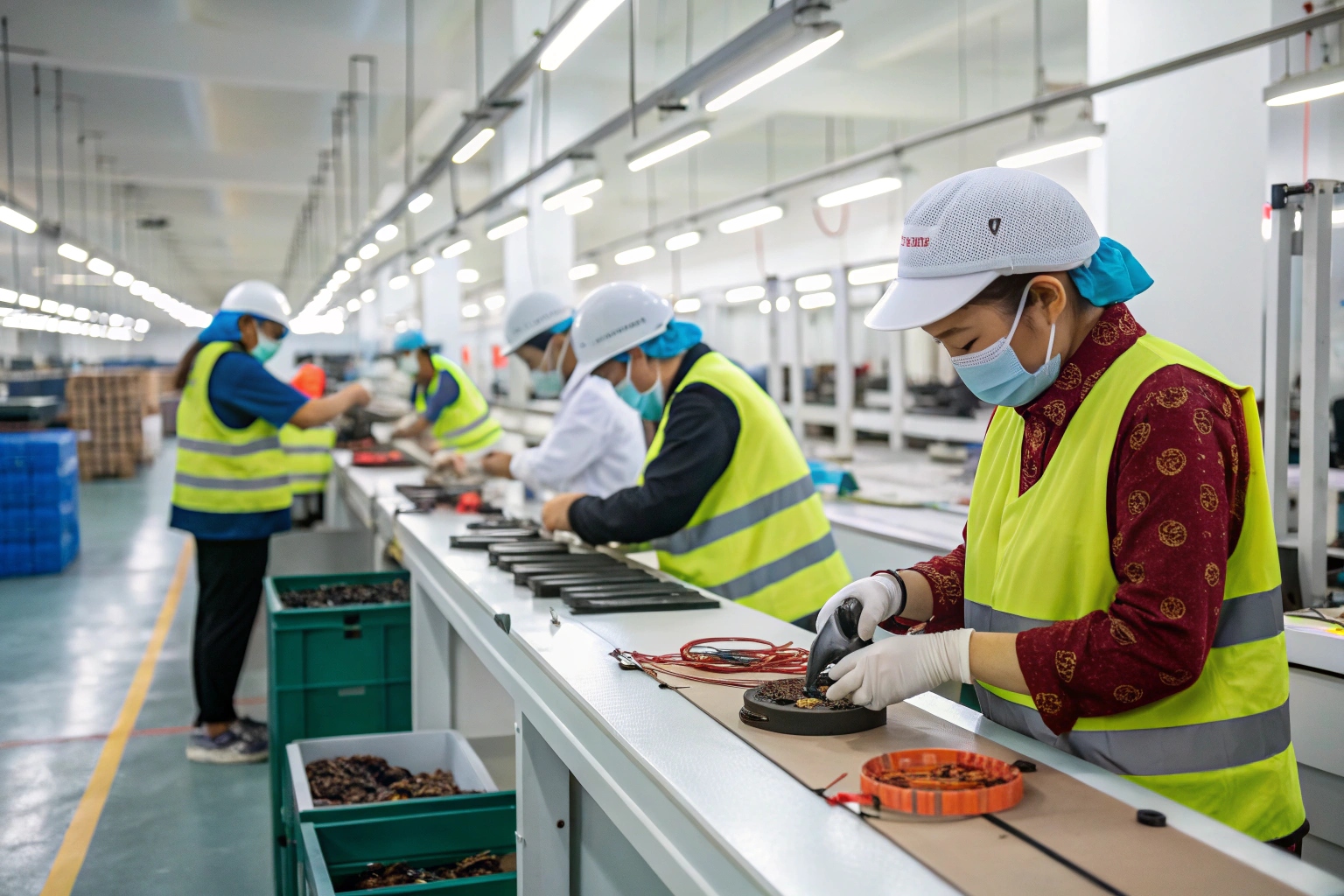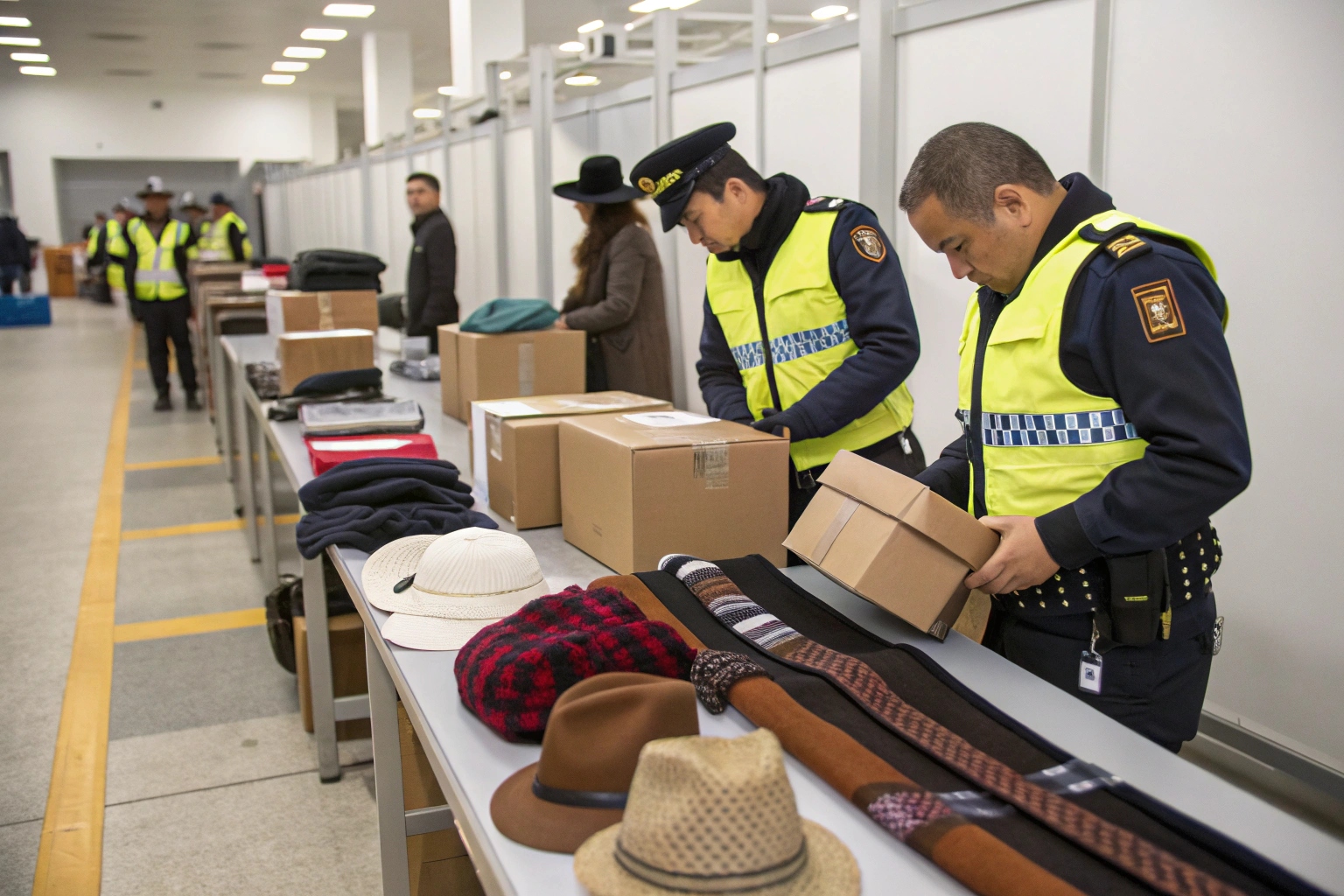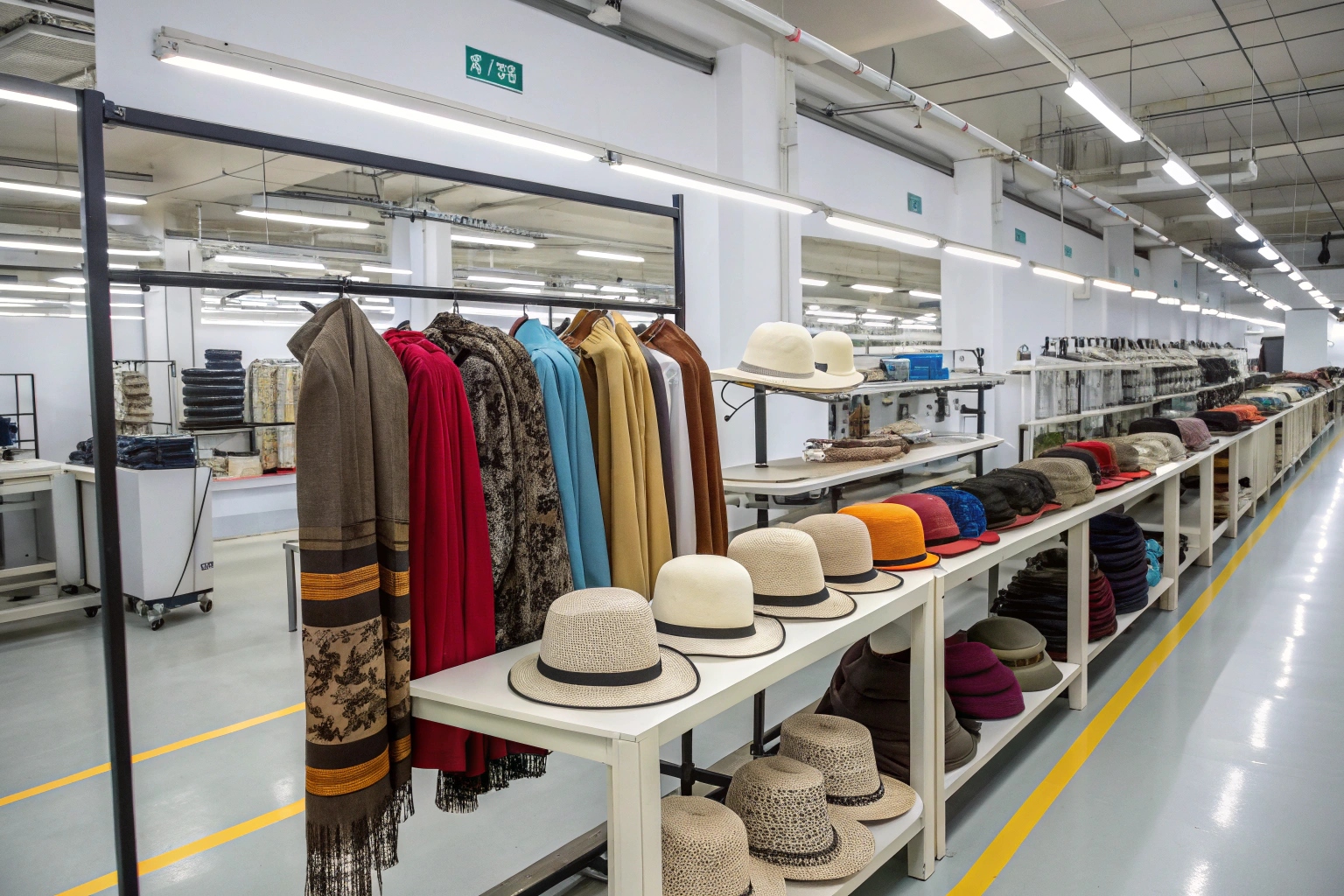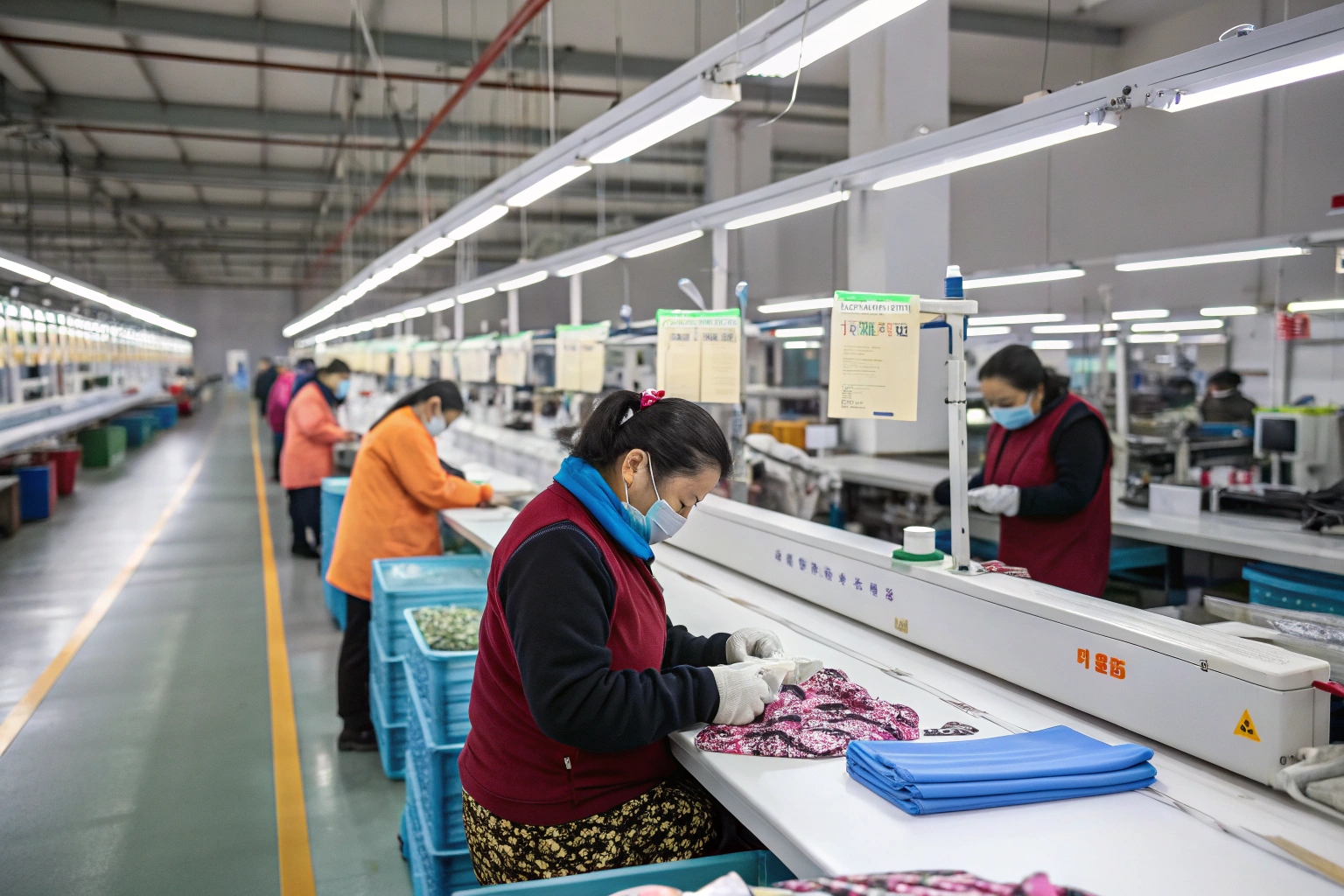Sourcing stylish accessories shouldn’t mean compromising on ethics. Yet across supply chains, it's still too easy for materials to come from unethical origins.
To ensure ethical sourcing in accessory production, businesses must evaluate suppliers, trace materials back to origin, enforce labor standards, and choose sustainable and fair-certified sources.
At AceAccessory, we go beyond compliance. Ethical sourcing is baked into how we select our material vendors, audit our practices, and partner with global brands who share our values.
How to ethically source materials?
Many businesses claim to care about ethics, but don’t know where to begin when it comes to actual sourcing. Without transparency, words mean nothing.
Ethical material sourcing starts with full supply chain visibility—knowing where raw materials come from, how they’re processed, and who’s doing the work.
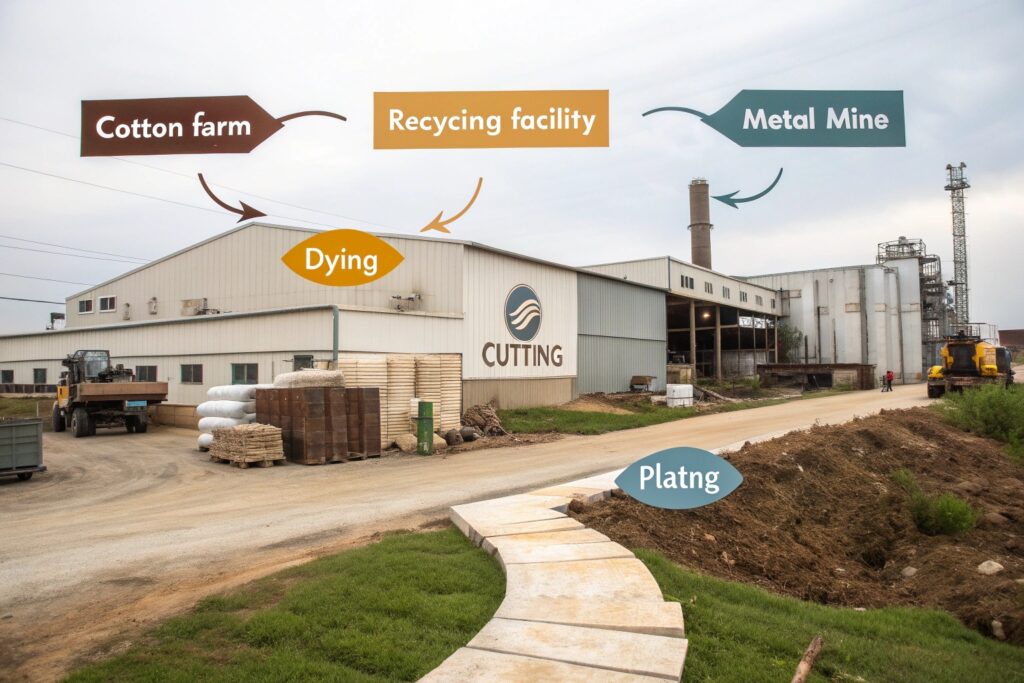
Building an ethical sourcing framework from the ground up
To ensure our accessories—like hair clips, belts, or scarves—are responsibly sourced, we start with five foundation steps:
1. Supplier Vetting
- Require documentation of origin for raw materials
- Ensure no ties to regions with known child or forced labor practices
2. Certifications
- Look for GOTS (Global Organic Textile Standard), FSC (for packaging), OEKO-TEX (for fabrics), or Leather Working Group (for leather)
3. Audits
- Conduct on-site audits or work with 3rd party groups like BSCI or SEDEX
- Require annual documentation updates from all tier-1 vendors
4. Traceability
- Track materials back to mills or farms
- Ensure dyes, metals, plastics meet non-toxic standards
5. Partnerships
- Collaborate with mills and workshops that provide fair wages and clean facilities
| Step | Ethical Impact | AceAccessory Practice |
|---|---|---|
| Supplier Screening | Filters out high-risk sources | Full checklist per vendor |
| Use of Certifications | Ensures global standard alignment | Preference for certified fabrics/plastics |
| 3rd-Party Audits | Independent verification | SEDEX/BSCI/SA8000 accepted |
| Material Traceability | Confirms origin and methods | Chain-of-custody from source |
| Long-Term Vendor Ties | Promotes better labor stability | Relationships over cost-chasing |
We recently sourced recycled polyester for a UK scarf brand. The fabric mill offered full traceability from a certified collection center to the spinning plant.
What ethical considerations are involved in the sourcing of materials?
Material sourcing affects people, communities, and the planet. Ignoring ethics isn’t just a reputational risk—it’s a moral one.
Key ethical considerations include fair labor, environmental sustainability, safe working conditions, and ensuring that raw materials are not linked to exploitation or environmental harm.
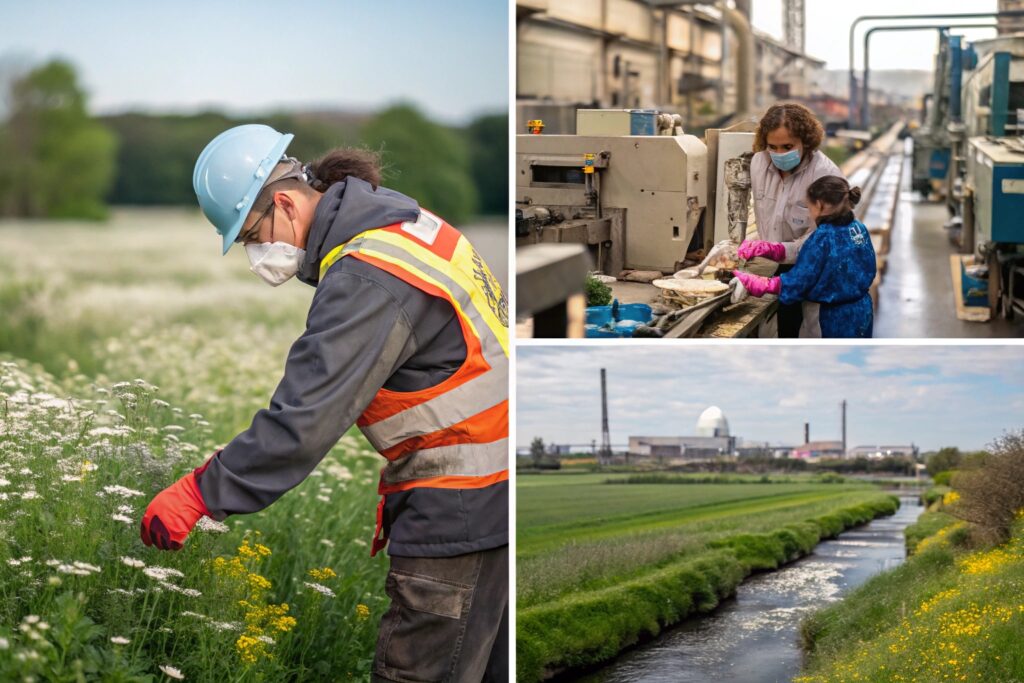
Exploring the human and environmental impact of material choices
A. Labor Rights
- Are the people harvesting cotton or sewing gloves paid fairly?
- Are working hours legal and humane?
B. Child Labor
- Is there a risk of children making the beads or tying elastic for headbands?
C. Environmental Harm
- Was the water used to dye a scarf discharged untreated into a river?
- Was plastic for buckles derived from virgin petroleum sources?
D. Cultural Appropriation or Exploitation
- Are designs copied without credit from indigenous crafts?
| Ethical Risk | Source Area Affected | Our Mitigation Method |
|---|---|---|
| Forced or child labor | Raw material collection | Work only with certified or audited mills |
| Environmental pollution | Dyeing and processing | Limit water-intensive, toxic finishes |
| Unsafe workplaces | Factory floor or packing | Require safety checks in audits |
| Greenwashing | Marketing material claims | Require evidence of sustainability claims |
We once had a client request leather look-alike accessories. Instead of PVC-based synthetics, we suggested a recycled PU alternative—reducing toxicity while preserving the look.
How do companies ensure that their production methods are ethical?
Once materials arrive at the factory, ethics don’t stop. It’s about how people are treated, how waste is handled, and how systems protect everyone.
Ethical production methods require clean facilities, fair wages, safe processes, and continual auditing. Companies must implement clear policies and training, not just paperwork.
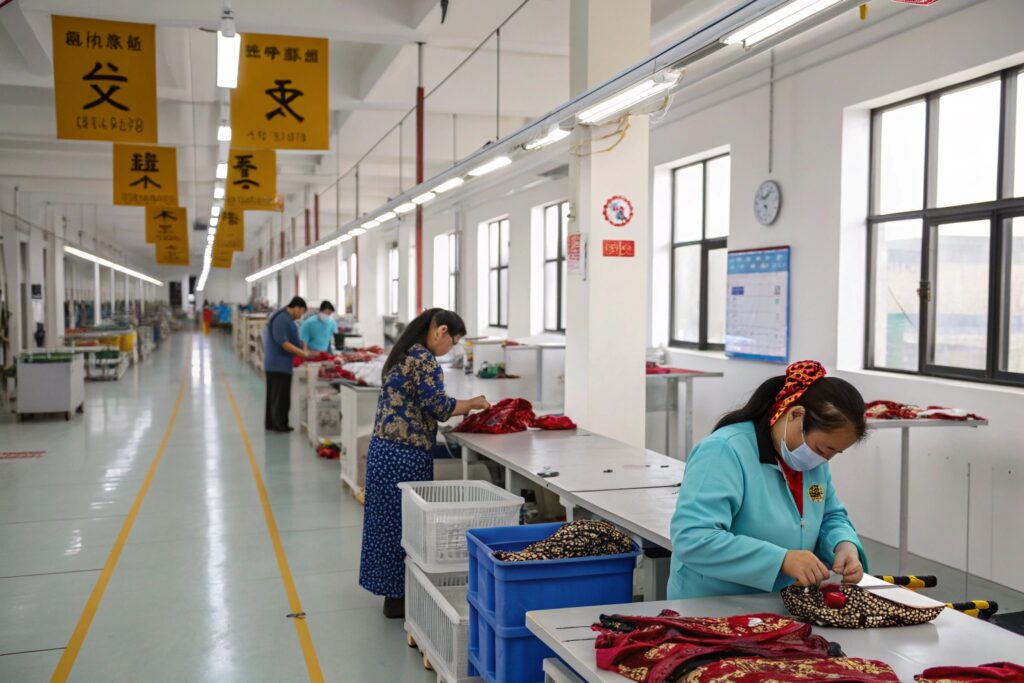
What we do inside the walls of our Zhejiang factory to walk the talk
A. Working Conditions
- We follow China’s labor laws strictly—no overtime beyond legal limits
- All workers have formal contracts and medical coverage
B. Fair Pay
- Transparent payment systems and digital payroll
- Compensation above local minimum wage standards
C. Health and Safety
- Monthly fire and machinery safety training
- On-site clinic and annual health checks
D. Waste and Emissions Control
- Dye waste filtered through local treatment plants
- Fabric cut-offs collected and recycled when possible
E. Training and Whistleblowing
- Workers trained on rights and grievance channels
- Anonymous complaint systems to prevent retaliation
| Ethical Production Pillar | AceAccessory Action |
|---|---|
| Worker Protection | Contracted staff, safety compliance |
| Fair Pay | Digital, traceable payroll system |
| Environmental Safety | Waste filtering and fabric recycling |
| Worker Voice | Training + anonymous grievance channels |
| Transparency | Factory tours and audit reports shared |
We invite select clients for video walkthroughs or WeChat calls from our workshop—because we don’t just claim to be ethical, we show it.
How can businesses ensure their products are ethically sourced?
Even if your business isn’t the manufacturer, you're still responsible for what you sell. Today’s consumers expect traceability—and regulators do too.
To ensure ethical sourcing, businesses must set supplier standards, request documentation, work with verified factories, and continuously monitor supply chains.

Creating a sourcing system that stands up to scrutiny
A. Define Your Standards
- Use a Supplier Code of Conduct
- Include ethics clauses in POs and contracts
B. Request Evidence
- Don’t just trust vendor claims—ask for audit reports, origin documents, or certifications
C. Use Tech Tools
- Supply chain mapping software
- Blockchains for product traceability
D. Collaborate, Don’t Punish
- If an issue arises, work with suppliers to fix it rather than abandon them
E. Public Reporting
- Brands with strong ethics publish annual impact reports, audit scores, and sustainability data
| Strategy Element | Impact | Tip |
|---|---|---|
| Code of Conduct | Sets baseline behavior for vendors | Make sure it’s translated and signed |
| Documentation Collection | Verifies real-world practices | Save in a centralized folder |
| Certification Tracking | Confirms compliance across regions | Keep updated copies on record |
| Long-Term Partnerships | Improves trust and accountability | Invest in multi-season relationships |
| Customer Transparency | Builds trust, defends brand | Share traceability stories online |
AceAccessory supplies sustainability impact summaries with large orders. These help our clients show their retailers and shoppers that their accessories aren't just stylish—but responsible too.
Conclusion
Ethical sourcing isn’t a luxury. It’s the foundation of modern accessory manufacturing. Whether you're a fashion brand, supermarket buyer, or eCommerce seller, working with transparent partners like AceAccessory means your products carry pride—not hidden problems.

